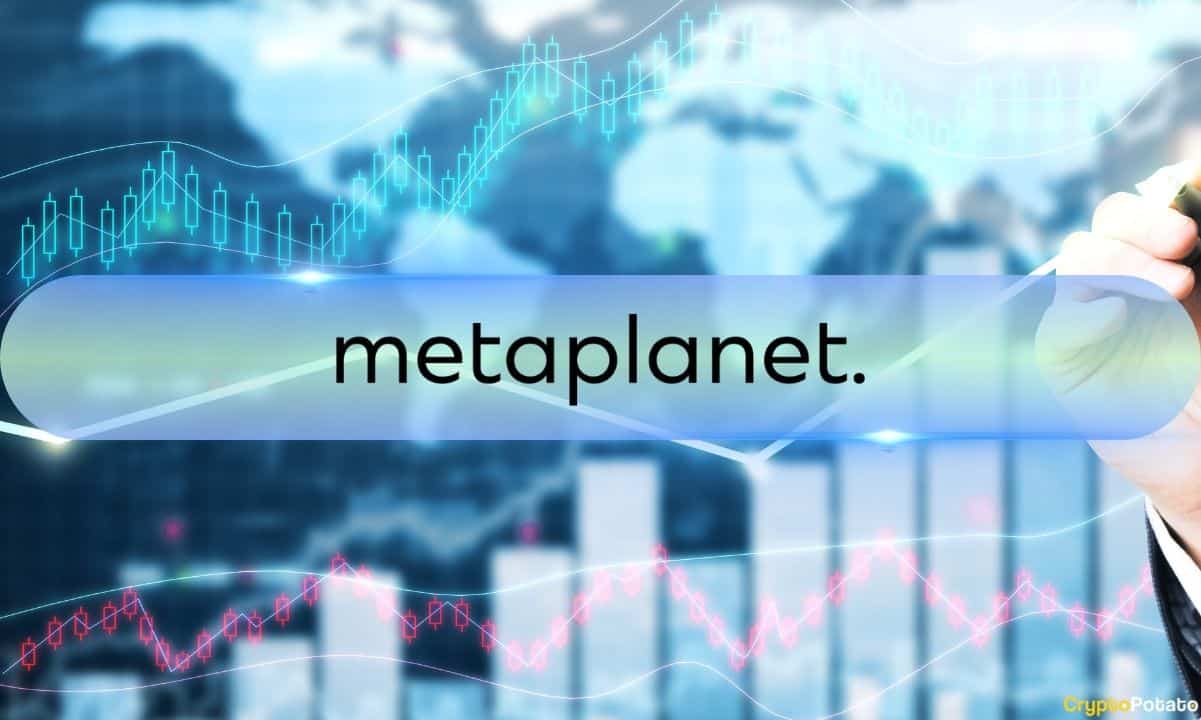|
Getting your Trinity Audio player ready… |
Elon Musk, head of the Department of Government Efficiency (DOGE), held his first press conference from the White House’s Oval Office on February 11. This marked the first time Musk formally addressed the nation in his new role, with President Donald Trump joining him to discuss the inefficiencies DOGE has uncovered so far and why these findings are crucial for the country.
DOGE says it is restoring democracy by fixing bureaucracy
Musk opened the press conference by explaining what he says is the high-level goal of DOGE, restoring democracy by addressing inefficiencies in government operations. He framed the issue as a fundamental problem with modern governance, where unelected bureaucrats hold significant power, making key decisions without accountability to voters.
“At a high level, if you say what is the goal, and really, I think a significant part of this presidency, it’s to restore democracy,” Musk stated. “If there’s not a good feedback loop from the people to the government, and you rule by bureaucrats, then what meaning does democracy actually have?”
His argument was essentially that many government agencies are run by appointed officials rather than elected representatives, meaning taxpayer dollars are often spent without direct oversight from those who were voted into office. He emphasized the need to “close that feedback loop” so that decision-making power resides where it belongs—with the public’s elected officials, the president, the Senate, and the House.
Musk and Trump unveil billions in inefficiencies
Musk continued his remarks by warning about the consequences of unchecked government inefficiency. He pointed to the $2 trillion federal deficit, emphasizing that the country risks bankruptcy without intervention. Before he went on to explain the DOGE solution, which to date, has primarily presented itself as a significant reduction in federal expenditure, terminating leases and contracts that DOGE would argue should have been canceled much sooner than they actually were.
“We need to ask if every expenditure is actually in the best interest of the people. If it is, then it’s approved. If it’s not, then we should think about it,” Musk stated.
This philosophy aligns with the overarching theme of Trump’s administration—cutting costs, reducing inefficiency, and running the government more like a business. Musk believes that by applying corporate-style financial discipline and logic to government spending, the country can prevent digging itself deeper in terms of the deficit and can curb inefficient spending of tax dollars.
At this point, Trump jumped in, asking Musk to highlight some of the most egregious examples of government waste that DOGE has uncovered so far.
“Could you mention some of the things that your team has found, some of the crazy numbers, including the woman that walked away with $30 million?” Trump asked.
While Musk did not name specific individuals, he pointed to a troubling pattern—government employees earning salaries of a few hundred thousand dollars somehow amassing net worths in the tens of millions.
He framed this as a clear sign of corruption and financial mismanagement, stating that DOGE is working to answer the fundamental question: Where does this wealth come from?
“I think the reality is that they are getting wealthy at the taxpayers’ expense, that’s the honest truth of it,” Musk said.
Musk went on to describe the lack of basic financial controls within government agencies, highlighting major gaps in oversight. He explained how common-sense measures that any business would implement—such as ensuring payments have categorization codes or preventing payments to entities on the ‘do-not-pay’ list—are nonexistent in federal agencies.
“It’s like a massive number of blank checks just flying out of the building,” Musk said. “We are really just talking about common-sense controls that should be present, that haven’t been present.”
According to Musk, this is one of the biggest reasons federal spending has spiraled out of control. Without clear accountability and structured processes, billions of taxpayer dollars are being wasted on inefficient or even fraudulent expenditures.
Elon Musk responds to public scrutiny
During the Q&A portion of the press conference, journalists pressed Musk on concerns regarding DOGE’s transparency. Some critics argue that his involvement presents a conflict of interest, given that SpaceX and other Musk-owned companies receive government contracts. In response, Musk maintained that DOGE operates with full transparency.
“Everything DOGE does is publicly posted on both the DOGE Twitter account and website,” Musk said. He also emphasized that DOGE does not operate in isolation but works alongside heads of government agencies and requires presidential approval before making key decisions.
One thing was evident during the press conference—Musk is clearly new to public speaking in this capacity. If I had to guess, he was probably nervous because it was his first time speaking from the Oval Office about the department he leads, and it seemed like it took him a while to get comfortable.
What added to this is that he was clearly distracted at times since Musk had his son with him… Throughout the conference, the child interrupted Musk multiple times, even placing his fingers in Musk’s ears at one point, which was clearly distracting for Musk and derailed him at specific points.
Trump and Musk: A strategic alliance reshaping government oversight
An unsurprising takeaway from the press conference was Trump’s unwavering support for Musk. As Musk’s largest political donor, it’s no shock that he was given a significant advisory role within the administration. While Trump would likely argue that Musk’s qualifications make him the right person for the job, his financial contributions to the campaign undoubtedly played a role in securing his White House position.
An interesting dynamic is that Trump and Musk have had combative relationships with government agencies over the past four years. Musk’s businesses have faced audits, investigations, and lawsuits, while Trump has battled agencies such as the Department of Justice (DOJ) and the Securities and Exchange Commission (SEC). Now that they are in positions of power, DOGE’s aggressive approach to scrutinizing these same federal agencies could be viewed as a targeted effort to weaken agencies that have challenged them in the past.
Trump’s new executive order: The next phase of DOGE’s mission
Shortly after the press conference, Trump signed an executive order requiring government agencies to coordinate and consult with DOGE to shrink the size of the federal workforce and limit hiring to essential positions.
“The Order will significantly reduce the size of government. For every four people that leave a government department, only one new person is to be hired,” says the order’s fact sheet, which unsurprisingly aligns with DOGE’s actions to date. However, what has yet to be seen is whether these workforce reductions will have the same effect on a government as they do on a business.
Musk’s aggressive cost-cutting when he acquired Twitter resulted in a leaner, more efficient company that didn’t really experience any fundamental differences in its capacity to operate despite its smaller workforce, but applying the same logic to the federal government could be an entirely different challenge, as corporates are not a direct parallel to a government in terms of its mission, activities, and goals.
It has only been 23 days since Trump’s inauguration, and DOGE has already begun a massive restructuring of federal spending. Musk’s press conference made it clear that this is only the beginning. With Trump’s backing and the new executive order in place, DOGE’s influence on government operations is set to grow even further in the coming months.
Watch: How Digital Product Passports changes the way we trust brands
CoinGeek – Read More












